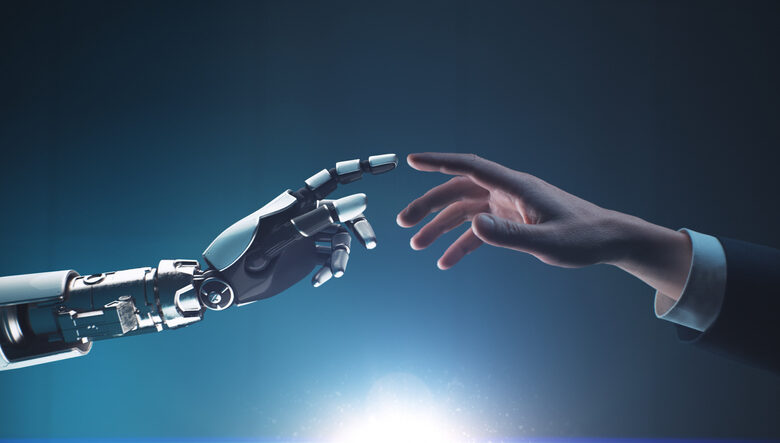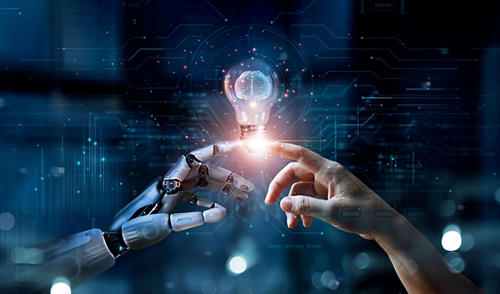Artificial Intelligence vs Human Intelligence

Human Intelligence vs Artificial Intelligence

- Origin: Humans possess the ability to reason, think, evaluate, and carry out other cognitive functions from birth. However, artificial intelligence (AI) is a creation of human thinking.
- Learning abilities: Through self-education, experience, and observation, human intelligence can acquire new knowledge and apply it to new situations. While AI can learn from vast volumes of data, it does so through the use of statistical models and algorithms. They can only learn from data and consistent training; they are unable to develop a distinctively human analytical style.
- Creativity: Human intelligence is capable of producing novel ideas, works of literature, music, and art through creative thought and inventiveness. AI, on the other hand, lacks intrinsic creativity and originality but can develop new strategies using data and trends that already exist.
- Decision making: Human decision-making is not always based only on statistics; it can also be influenced by subjective considerations. Because AI interprets based on all available evidence, it is highly objective when making decisions.
- Nature: The intelligence of humans is similar. Digital devices are used by artificial intelligence in the interim.
- Energy consumption: The energy consumption of the human brain is approximately 25 watts. Approximately 2 watts of energy are used by modern computers.
- Social Skills: What sets humans apart from other social animals is our ability to understand abstract ideas, our level of self-awareness, and our sensitivity to the feelings of others. The power of artificial intelligence to interpret and identify pertinent interpersonal and passionate signals is still being developed.
The “Human” factor to consider
Without taking into account the human factor, the debate between artificial and human intelligence is incomplete. While AI aims to replace tedious tasks with a more easy and effective way of completing the task, it cannot take the place of human interaction in the workplace. However, technology cannot advance without human support. Artificial intelligence systems require the development and testing of engineers for their applications to progress. AI cannot replace humans because AI cannot function without people. Artificially intelligent robots are not programmed to read facial expressions or moods; people can convey their emotions and read others. AI-enabled devices can mimic human speech, but because they are unable to feel empathy or other emotions, they lack the human touch.
Because AI is built on codes, it is limited in its ability to come up with original solutions to problems. They function as planned, which restricts their ability to comprehend the situation and come up with complex answers. Artificial intelligence (AI) has a very high learning rate, but because it does not think logically, it cannot argue or dispute the facts in the same way that humans can.
The Place of Artificial Intelligence in today’s world
All things considered, labor-intensive operations from the past are being automated by artificial intelligence, changing the nature of work. New fields of study and jobs have emerged as a result of the technology’s rapid advancement. AI can eliminate a lot of monotonous tasks.It also creates new job opportunities for those who require human skills.
These skills involve critical thinking, behavioral intelligence and inventive thinking. When used properly, AI can offer tremendous benefits to organizations, boosting productivity and collaboration. Using AI, businesses can discover new avenues for expansion and innovation. This may raise consumer demand for goods and services, fostering economic growth and raising standards of life.









One Comment